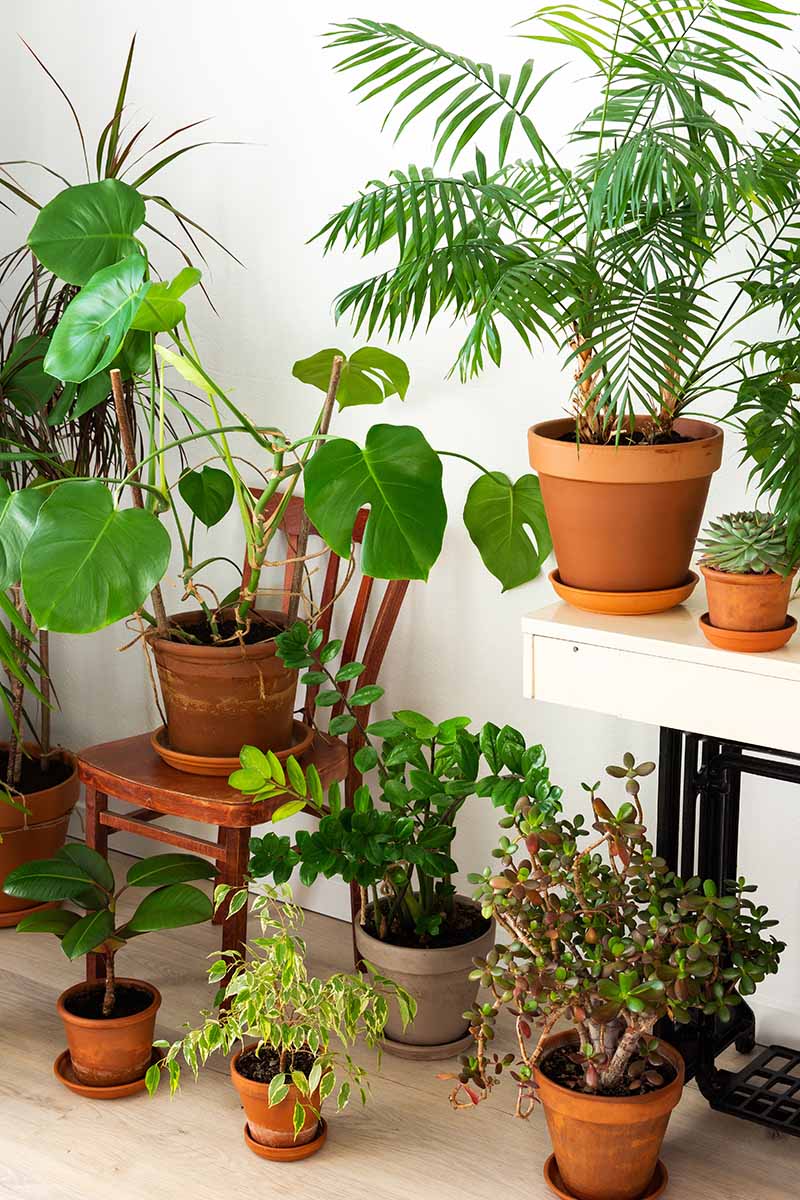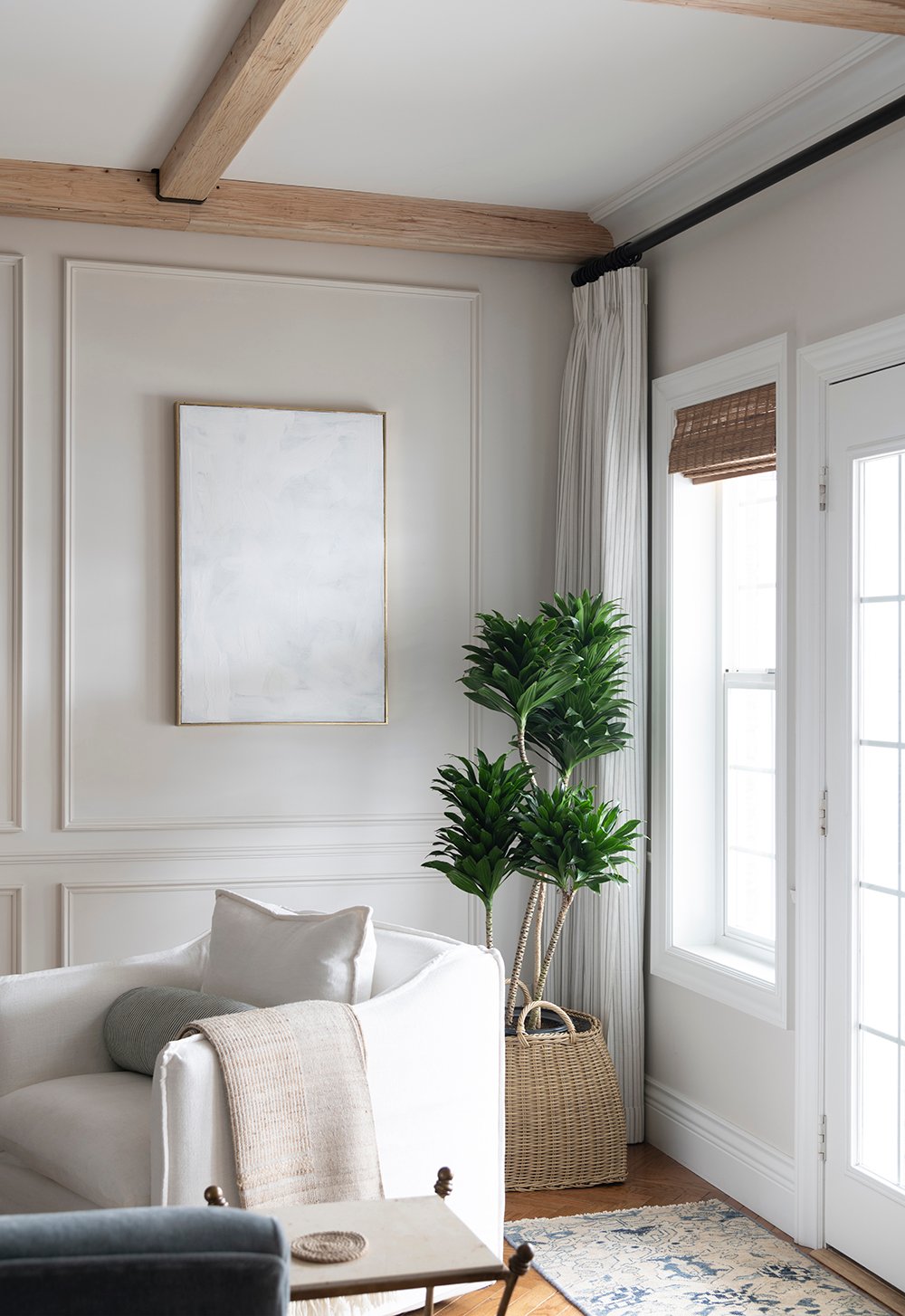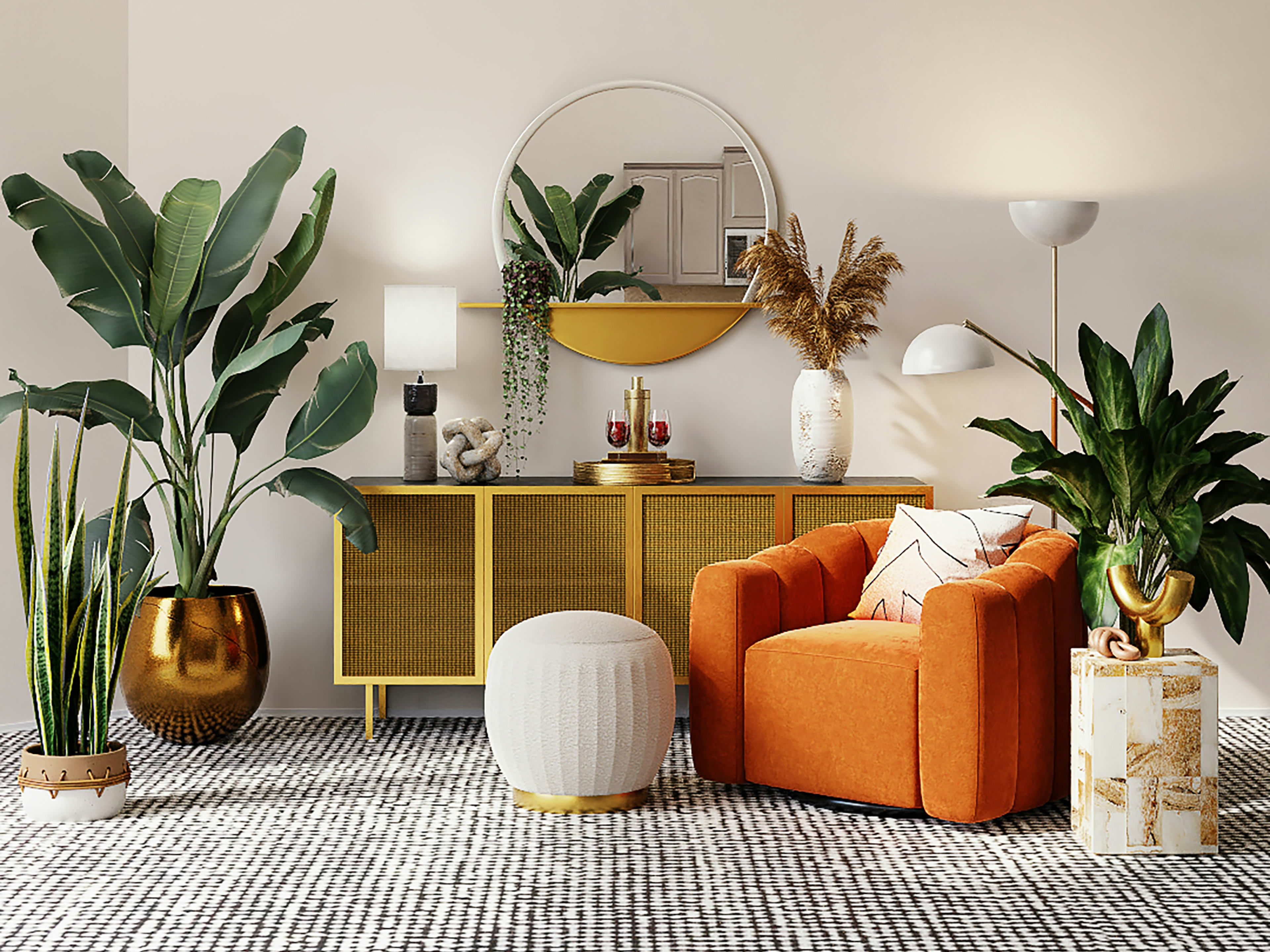A Guide to the Best Low-Light Indoor Plants for Small Spaces
A Guide to the Best Low-Light Indoor Plants for Small Spaces
Blog Article
Discover the Special Benefits of Low-Light Indoor Plants for Your Living Room
Incorporating low-light interior plants into your living space offers a plethora of advantages that prolong much beyond mere aesthetic appeals. These sturdy plants not only flourish in environments with minimal sunlight yet additionally serve vital functions such as air filtration and humidity enhancement. Furthermore, they can favorably influence your mood and overall wellness while needing very little maintenance. As you consider the transformative capacity of these plants, it comes to be necessary to explore just how their distinct qualities can customize your environment to far better serve your way of life. What details benefits might reverberate most with your individual room?
Air Filtration Benefits
Low-light indoor plants not just enhance the aesthetic appeal of living spaces but additionally play a significant duty in air filtration. Study has shown that particular plant varieties can successfully eliminate usual indoor pollutants, consisting of benzene, formaldehyde, and trichloroethylene. These compounds usually originate from home items such as furnishings, cleansing products, and building products, adding to indoor air high quality problems.
Plants such as the snake plant, pothos, and peace lily are particularly skilled at filtering dangerous compounds from the air while thriving in low-light conditions. The procedure of phytoremediation, wherein plants take in and metabolize contaminants, allows these species to add dramatically to a healthier interior environment. Additionally, via photosynthesis, plants release oxygen, further boosting air quality.
Including low-light interior plants right into office or home spaces not only provides visual advantages however also functions as a sensible strategy for improving air quality. By picking the appropriate types, people can produce an environment that promotes well-being and lowers direct exposure to dangerous toxins, making these plants a necessary component in modern-day indoor living.

Mood Improvement Results
Countless research studies have shown that incorporating interior plants can significantly enhance mood and overall psychological wellness. The visibility of plant in indoor atmospheres has actually been connected to reduced stress and anxiety degrees, increased sensations of peace, and improved psychological health and wellness. Low-light interior plants, in particular, flourish in settings where natural light is limited, making them best for numerous living rooms.
Research study suggests that communicating with plants can stimulate the launch of serotonin, a natural chemical linked with feelings of happiness and well-being. Additionally, the act of looking after plants promotes a sense of obligation and accomplishment, additional contributing to positive mental health end results. Low-light plants such as serpent plants, pothos, and tranquility lilies have actually been shown to boost air quality, which is fundamentally connected to mood improvement.
Including these plants right into your office or home can create a calm ambience, supplying a visual and sensory escape from the hustle and bustle of daily life - Best low-light indoor plants. As people spend boosting amounts of time inside, the mood-enhancing results of low-light interior plants end up being a lot more important, supplying not only aesthetic appeal yet likewise an extensive influence on emotional wellness
Reduced Upkeep Requirements
For those looking for to improve their interior spaces without a substantial time dedication, low-light interior plants are an optimal option due to their reduced upkeep demands. These resilient plants flourish in less-than-ideal lights conditions, making them ideal for workplaces and homes where natural sunshine is restricted.

Pest resistance is an additional advantage of low-light indoor plants. Many ranges are less susceptible to typical bugs, reducing the demand for continuous surveillance and treatment. These plants typically expand a lot more gradually than their high-light counterparts, suggesting less frequent repotting and pruning are necessary.
Aesthetic Charm and Adaptability

In addition, these plants can be organized in myriad means, whether in groups for a rich result or as standalone attributes to attract the eye. The options of planter designs-- from streamlined ceramic pots to rustic wood containers-- better enhance their aesthetic value, allowing home owners to express their individual style.
Additionally, low-light plants can be purposefully placed in locations that might otherwise really feel neglected, such as corners or poorly lit shelves, consequently maximizing their attractive possibility. Inevitably, the mix of their striking appearance and adaptability makes low-light indoor plants a beneficial enhancement to any home, producing a welcoming atmosphere that advertises well-being and leisure.
Improved Moisture Levels
Enhancing indoor moisture levels is just one of the significant advantages of integrating low-light interior plants right into living rooms. These plants normally launch wetness vapor via a procedure called transpiration, which occurs when water absorbed by the origins relocates with the plant and vaporizes from the leaves. This process not just enhances humidity but also adds to a healthier interior setting.
Better moisture degrees can reduce numerous wellness problems, such as completely dry skin, breathing problems, and allergies. Lots of people experience pain in arid indoor problems, specifically during cold weather when home heating systems are in usage. By strategically placing low-light plants throughout your home, you can develop a much more balanced humidity level that fosters overall health.
Additionally, specific low-light indoor plants, like tranquility lilies and crawler plants, are especially reliable at enhancing humidity (Best low-light indoor plants). Hence, low-light indoor plants offer both visual and functional objectives, advertising a much healthier ambience.
Verdict
In recap, low-light indoor plants use various benefits that contribute to a much healthier and extra welcoming living space. Incorporating these resilient plants into interior setups not just raises the setting but also advertises general well-being, establishing a serene shelter for residents.
Plants such as the serpent plant, pothos, and peace lily are especially skilled at filtering unsafe compounds from the air while flourishing in low-light conditions. Low-light plants such as snake plants, pothos, and tranquility lilies have actually been revealed to enhance air top quality, which is intrinsically connected to state of mind enhancement.
Low-light indoor plants, such you could try these out as snake plants, pothos, and ZZ plants, not only improve the aesthetic landscape of a room but likewise introduce various structures and shades of environment-friendly that can image source complement varied indoor designs. These plants naturally release dampness vapor with a process understood as transpiration, which takes place when water absorbed by the origins moves via the plant and evaporates from the fallen leaves.Furthermore, specific low-light interior plants, like tranquility lilies and crawler plants, are particularly effective at boosting moisture.
Report this page